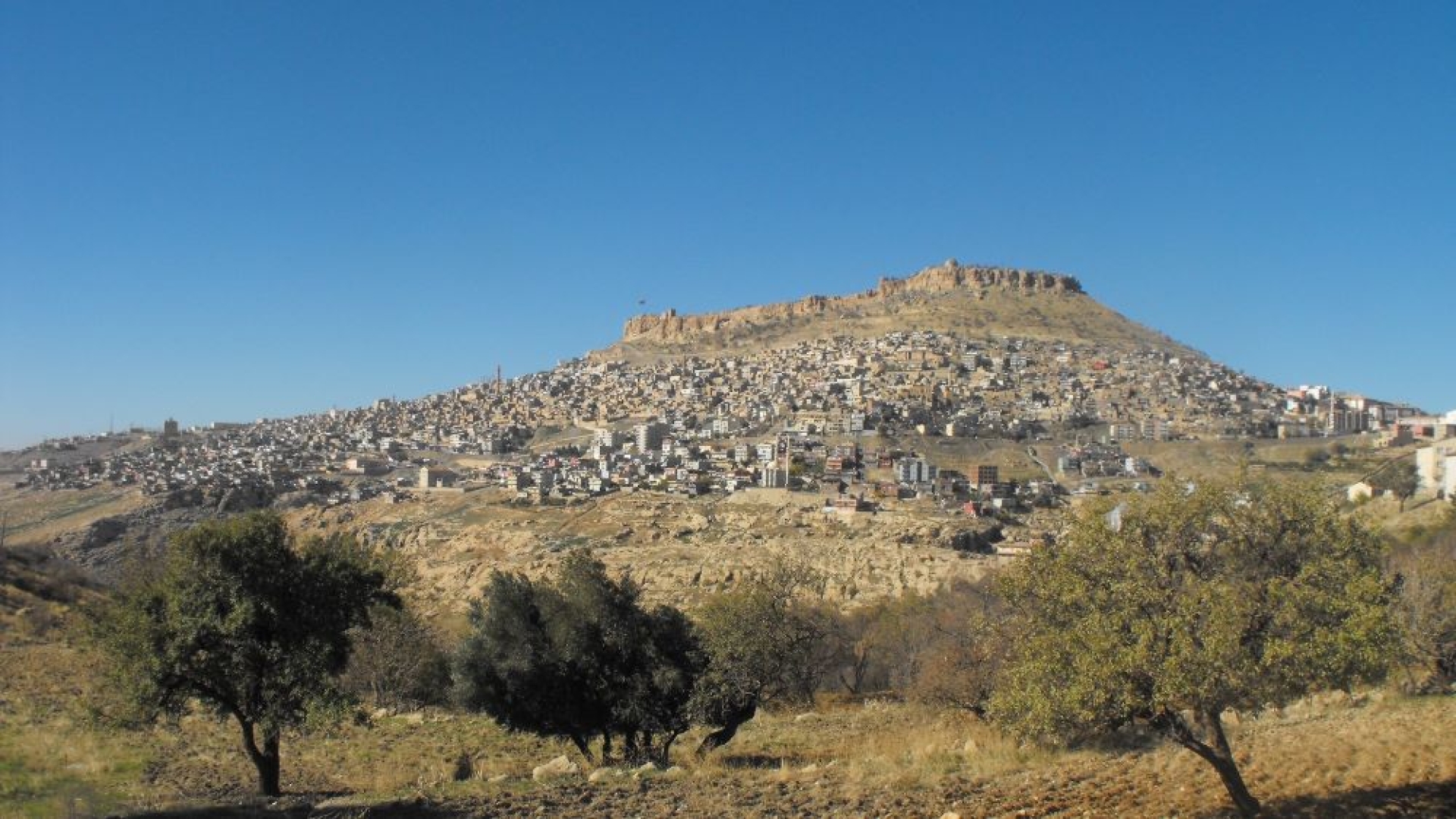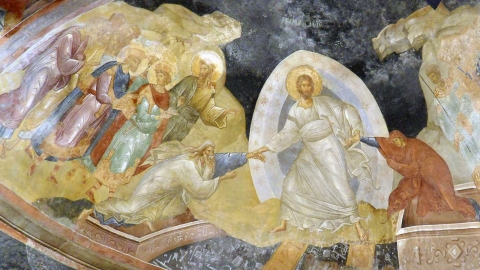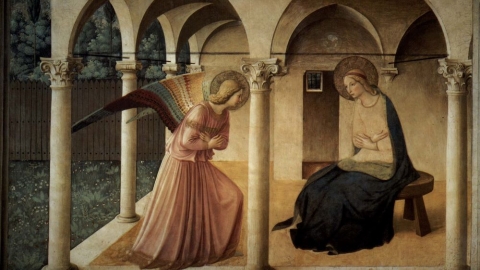Vatican Recognizes Martyrdom of Two Capuchins in Islamic Land

Le site de Mardine, lieu du martyre de nombreux chrétiens
A little over a century after they were tortured and murdered in hatred of the faith, the Holy See has decided to recognize the martyrdom of two Capuchin priests, tortured in the Ottoman Empire in 1915 and 1917.
Born in 1881 in Mabdat, Lebanon, Youssef Habib Melki joined the Capuchins of San Stefano, near Istanbul (present-day Turkey) in 1895. He was received under the name of Leonardo. Ordained a priest in 1904, Fr. Melki joined the convent at Baabdat, Lebanon, in the company of Fr. Thomas Saleh, one of his compatriots.
It was there, in his convent at the foot of Mount Lebanon, that Fr. Léonard Melki was arrested in 1915, after having barely had time to protect the Blessed Sacrament from possible profanation.
The choice was left to the priest: conversion to Islam, or death. Refusing apostasy, the monk was deported to the Ottoman Empire, to Mardine, a town in southeastern Turkey, near the border with Syria, in the Kurdish zone. He was finally massacred in hatred of the faith with more than 400 Christians on June 11, 1915, on the feast of the Sacred Heart of Jesus, in Cheikhane, near Mardine.
One of his Kurdish executioners later testified to the steadfastness of these heroes of the faith: “Never,” said one of them, “have we seen such religious steadfastness. If, for similar motives, Christians pounced on us, we would all have become Christians at their request.”
Fr. Thomas Saleh was arrested for having granted hospitality to an Armenian priest during the genocide perpetrated by the Turks. Deported in the middle of winter, he died on the way, on January 18, 1917, declaring: “I have full confidence in God. I am not afraid of death.”
On October 28, 2020, the Congregation for the Causes of Saints officially recognized the martyrdom of the two Capuchin religious.
A decision that comes in a particularly tense context in Turkey, where he who wants to be the distant successor of the Ottoman sultans, is making the Islamization of society his central issue, not hesitating to reappropriate certain Christian symbols, such as the Hagia Sophia converted into a mosque.
The religious context is no less particular: ecumenism and unrestrained interreligious dialogue only know how to argue endlessly, and cannot understand what motivated these martyrs. It is distressing to read, from the pen of contemporary Franciscans, the reinterpretation of St. Francis’ journey to Damietta in Egypt to convert the Sultan, in a kind of benevolent exchange with Islam. This cannot be done without radically changing the life and heritage of Poverello.
Francis’s recent encyclical - Fratelli tutti - makes the same reinterpretation; moreover, it amputates the text of the “first rule” of St. Francis, to make it stick to human fraternity according to the reigning Pope.
So certainly, the martyrdom of these two Capuchin brothers was recognized; but the ideal for which they gave their lives has been rejected and cut off.
(Sources : Fides/Catholic News Agency/Leonardmelki.org/franciscain.org – FSSPX.Actualités)
Illustration : Flickr / Clara (CC BY-NC 2.0)





